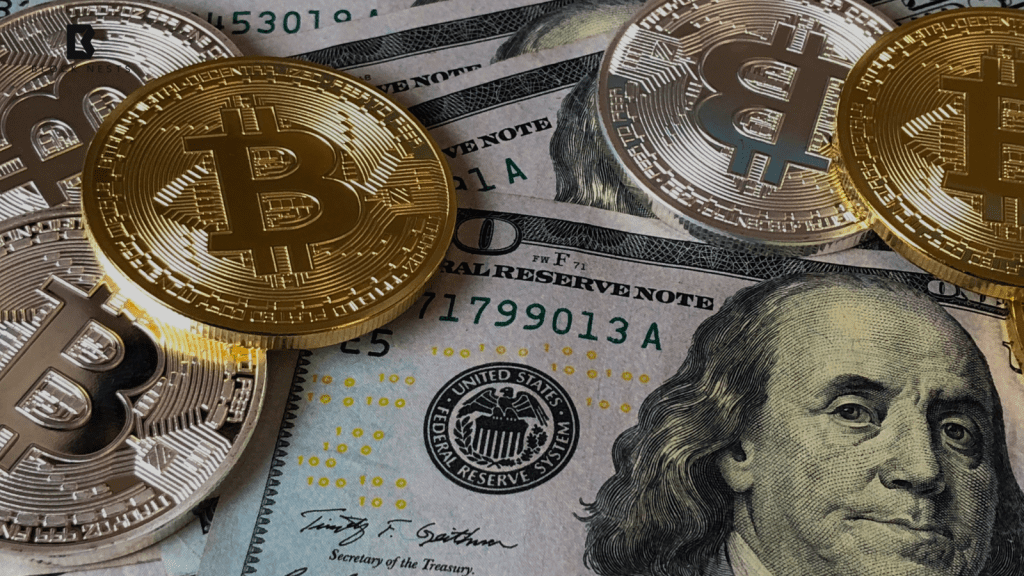- Investors show early signs of moving away from U.S. markets.
- Trump’s tariff policies raise long-term sustainability concerns.
- European markets gain traction due to perceived stability.
Recent signs suggest investors, including those in Bitcoin, are beginning to rethink their long-term commitment to U.S. markets. Uncertainty surrounding the Trump administration’s trade strategies is at the core of this hesitation.
The newly imposed tariffs and the escalating national debt have shaken the faith of many in America as a key investment source. Gradually, most institutional investors are diversifying their portfolios.
They are diversifying their risks and trying to get returns from regions that are less volatile. The former attractiveness of the U.S. market, which was considered unassailable, is now being re-evaluated for its validity. Its purpose is now increasingly challenged by capitalizing great volumes of money in a single, uncertain environment.
Bitcoin Favors Stability Over Speed
The shift in focus toward Europe results from economic performance alone. While the U.S. economy has remained relatively strong, investors have become increasingly concerned about, and uncertain over, its future direction.
Higher tariffs have disrupted trade flows and shifted policies, often with little warning. This makes it impossible to strategically plan. Europe is different. The continent is a more stable, although slower, environment.
Investors do appreciate the stricter regulations and more consistent political decisions. Consequently, European markets have become an increasingly popular destination for investors looking to hedge their portfolios against unexpected shifts in trade or tax policy.
Such a silent migration is not yet a massive-scale retreat from the U.S., but it certainly signals one. Investors no longer take the U.S. market for granted. Stability is becoming more highly valued than sheer size or speed of growth.
Debt and Policy Fuel Market Diversification
Another significant factor influencing investor sentiment is the national debt of the United States. High levels of ongoing borrowing and political rhetoric about substantial spending write a script for alarm. Many in the financial world believe that the current pace of borrowing is unsustainable and will lead to dire consequences.
This concern deepens the prevailing feeling that overexposure to the U.S. constitutes a tangible risk. Diversification logically follows as an outcome. Investors are looking into other developed markets actively, as a means to balance their exposure. It is not an rejection of the U.S., but rather a sign of caution.
The U.S. will likely remain an important feature of any international portfolio over the long term. But the market indicators today point to a slight but meaningful change in trend. Investors are no longer inclined to depend exclusively on the stability that America provides. Investor momentum shifts. Europe is rising. A new wariness from American policy.
Related Reading: Bitcoin’s Upcoming Cycle Top: Why August 2025 Could Be Crucial
How would you rate your experience?






